On the surface, TV families from the ’60s and ’70s seemed picture-perfect, with neatly resolved conflicts and a warm family dinner waiting at the end of each episode. But look a little closer, and you’ll see that many of these families had their share of struggles, contradictions, and sometimes downright unrealistic dynamics. Whether it was the pressures of an overly idealized home life or characters who had more challenges than the show let on, these households weren’t always as harmonious as they appeared. Let’s take a nostalgic look back at some of the most iconic TV families that weren’t quite as perfect as they seemed.
1. The Brady Bunch (The Brady Bunch, 1969-1974)
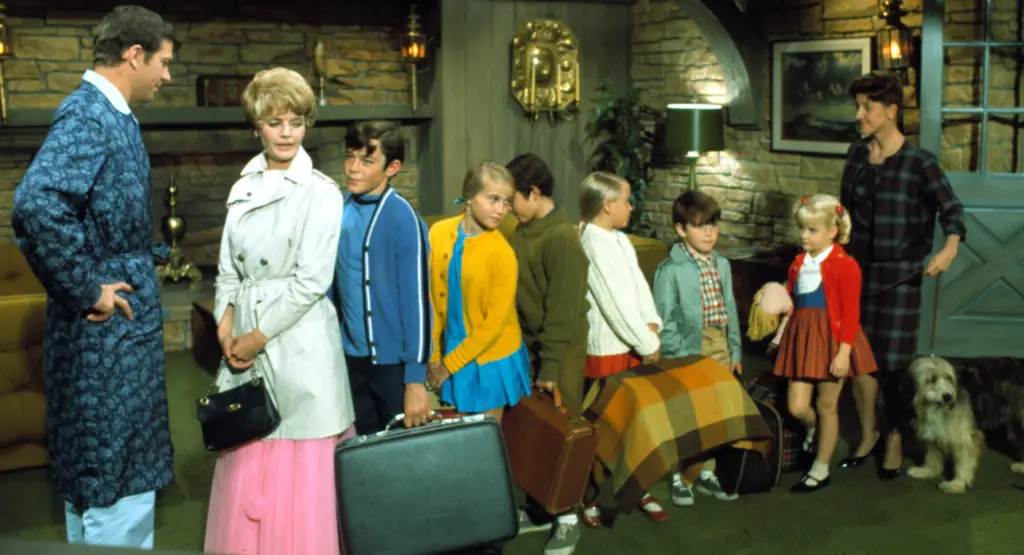
The Bradys were the ultimate blended family, but real-life blended families know it’s never that easy. Somehow, six kids, two parents, and a housekeeper managed to avoid serious conflict, financial worries, or even the chaos of everyday sibling rivalry. The show never really addressed the kids’ emotional struggles over losing their original parents or the challenges of adjusting to a new family. While it was a feel-good favorite, it didn’t quite reflect the true complexities of blended family life.
2. The Cleavers (Leave It to Beaver, 1957-1963)
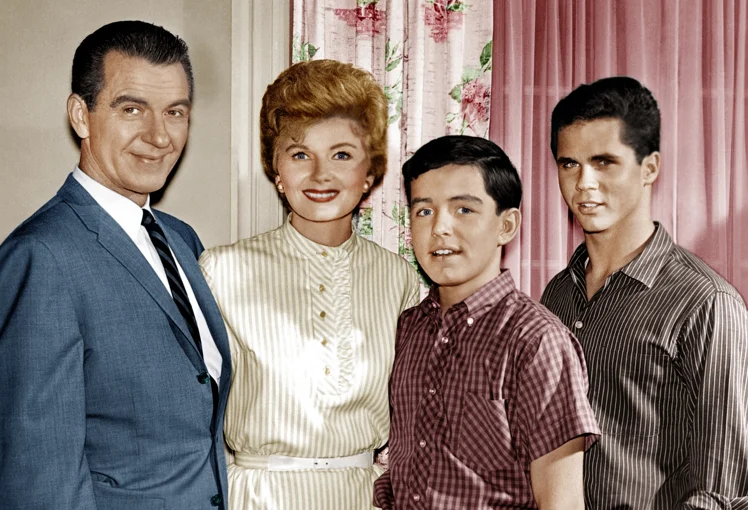
Ward and June Cleaver always had wise advice, and Wally and Beaver seemed like typical, well-behaved kids—but this picture-perfect household was almost too perfect. June always had her pearls on, the house was spotless, and discipline was more of a calm chat than any real conflict. Real-life families knew that raising boys wasn’t always that simple, and not every parent had all the right answers. As sweet as it was, Leave It to Beaver painted a version of family life that left out the rough edges most households faced.
3. The Andersons (Father Knows Best, 1954-1960)
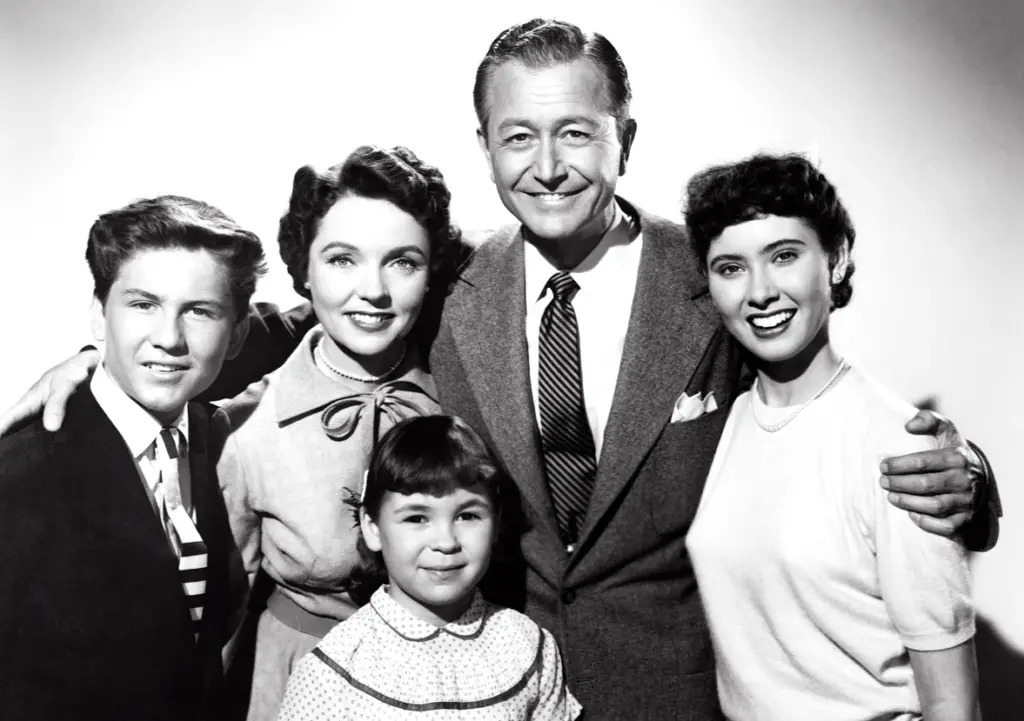
Jim Anderson was the wise, dependable dad, and Margaret was the devoted homemaker, but the Andersons’ household sometimes felt more like a well-rehearsed performance than a real family. The kids’ problems were neatly solved within 30 minutes, and there was rarely any true emotional depth beyond surface-level dilemmas. In reality, fathers didn’t always have the perfect solution, and mothers had struggles beyond keeping the house tidy. While comforting, the show presented an idealized version of family life that many viewers knew was more of a dream than reality.
4. The Ingalls (Little House on the Prairie, 1974-1983)
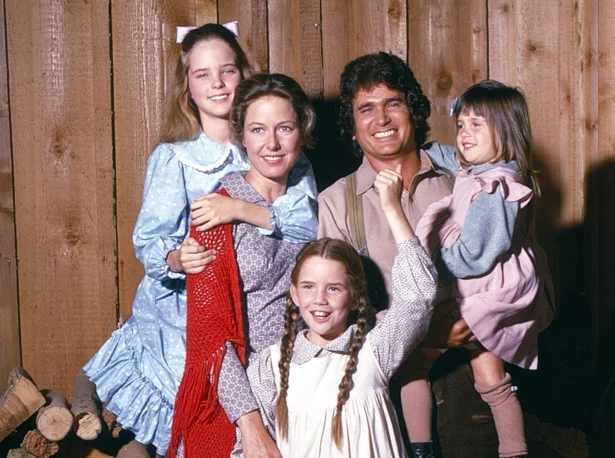
The Ingalls family was strong, loving, and hardworking, but life on the frontier was much harder than the show made it seem. Financial struggles, illness, and tragedy were often depicted, yet the family always found a way to rise above in ways that seemed a little too perfect at times. Laura’s coming-of-age struggles were relatable, but the show’s tendency to wrap up major hardships in a neat bow didn’t always reflect the true difficulties of pioneer life. While the Ingalls family was inspiring, their resilience sometimes felt more like television magic than real-life grit.
5. The Partridges (The Partridge Family, 1970-1974)
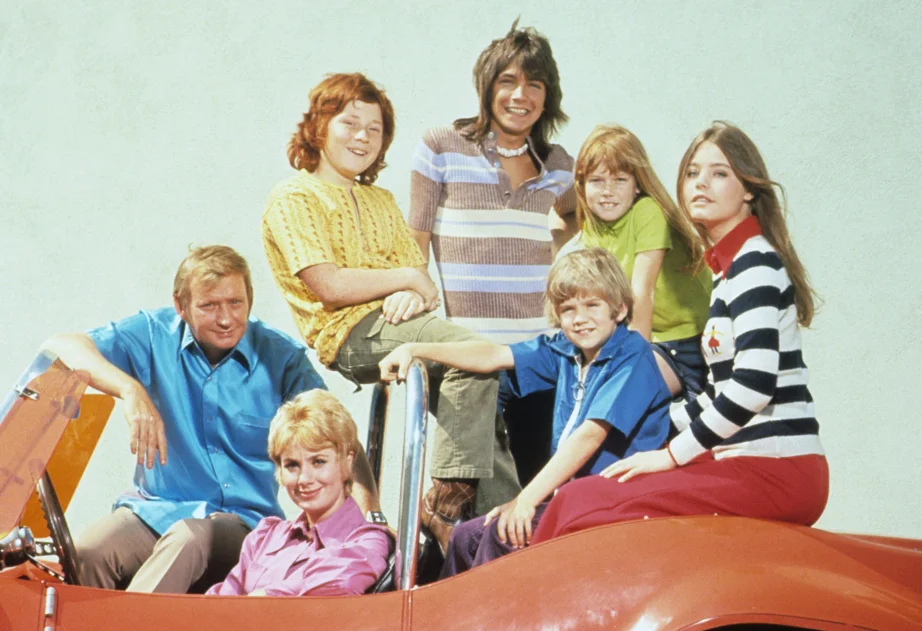
A single mom managing a family band while raising five kids sounds like a recipe for chaos, but somehow, the Partridges made it look effortless. Realistically, juggling music tours, school, and everyday family struggles would have caused more stress than the show ever depicted. Shirley Partridge rarely seemed overwhelmed, and the kids adjusted to life on the road without much fuss. The lack of real-world challenges made this musical family fun to watch, but far from the realistic single-parent experience.
6. The Waltons (The Waltons, 1972-1981)
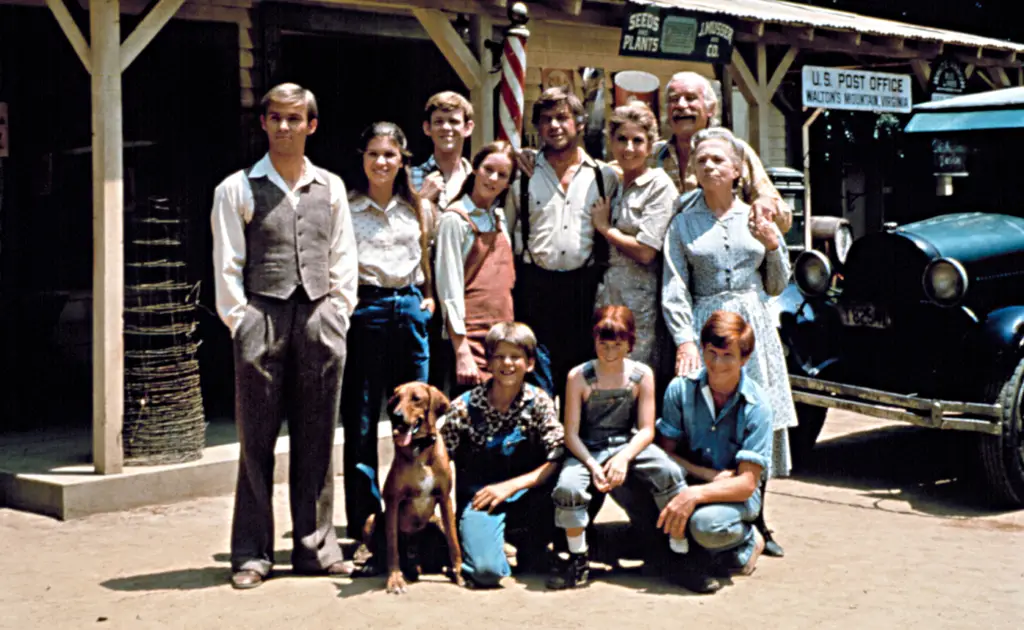
The Waltons showed a family facing tough times with love and togetherness, but their seemingly perfect moral compass sometimes felt too idealized. Life during the Great Depression was undeniably hard, and while the show touched on these struggles, the family’s ability to overcome obstacles with little long-term impact seemed a bit too smooth. The children were always respectful, arguments were minimal, and John-Boy’s wisdom often saved the day. It was a heartwarming series, but real-life family struggles didn’t always come with such easy resolutions.
7. The Addams Family (The Addams Family, 1964-1966)
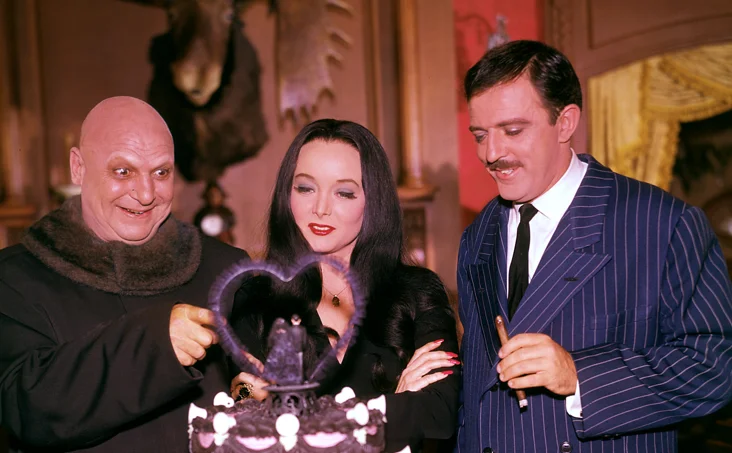
The Addams family was one of TV’s most unique and loving families, but let’s be honest—they weren’t exactly your typical household. While Morticia and Gomez had a strong marriage and adored their children, their odd hobbies and disregard for normal social expectations made them a little out of sync with the world around them. Their family values were solid, but their eccentricity often masked how different they were from the rest of society. As much as viewers loved them, they wouldn’t have had such an easy time blending into any real-world neighborhood.
8. The Munsters (The Munsters, 1964-1966)
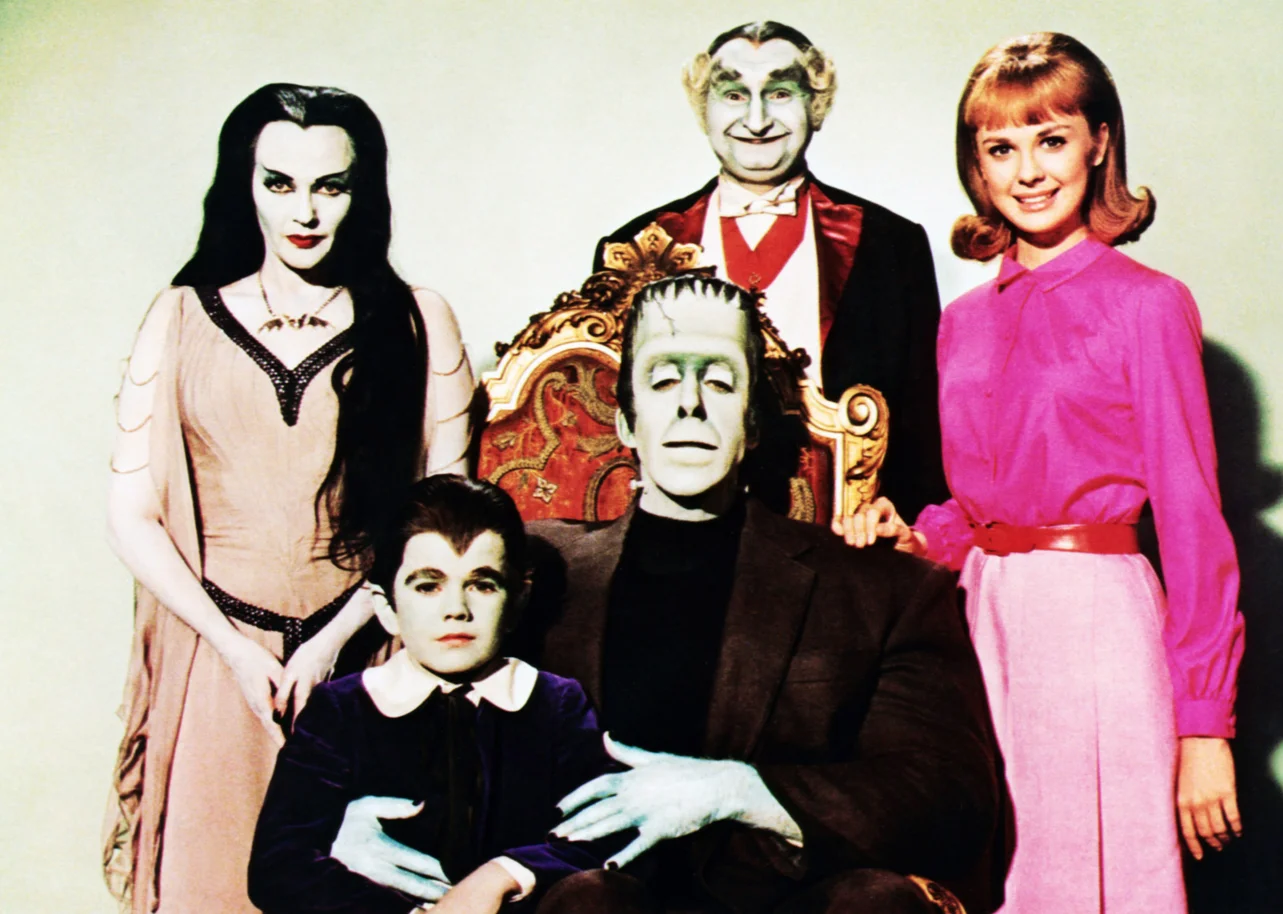
Similar to the Addams family, the Munsters were a loving family that embraced their quirks—but they weren’t without their flaws. Despite their acceptance of their unusual appearance, they struggled to understand why the rest of the world found them odd. Marilyn, the one “normal” member, was constantly pitied for not looking like a monster, which was an amusing but unrealistic dynamic. While their bond was strong, their obliviousness to how different they were made their interactions with the world a little less believable.
9. The Cartwrights (Bonanza, 1959-1973)
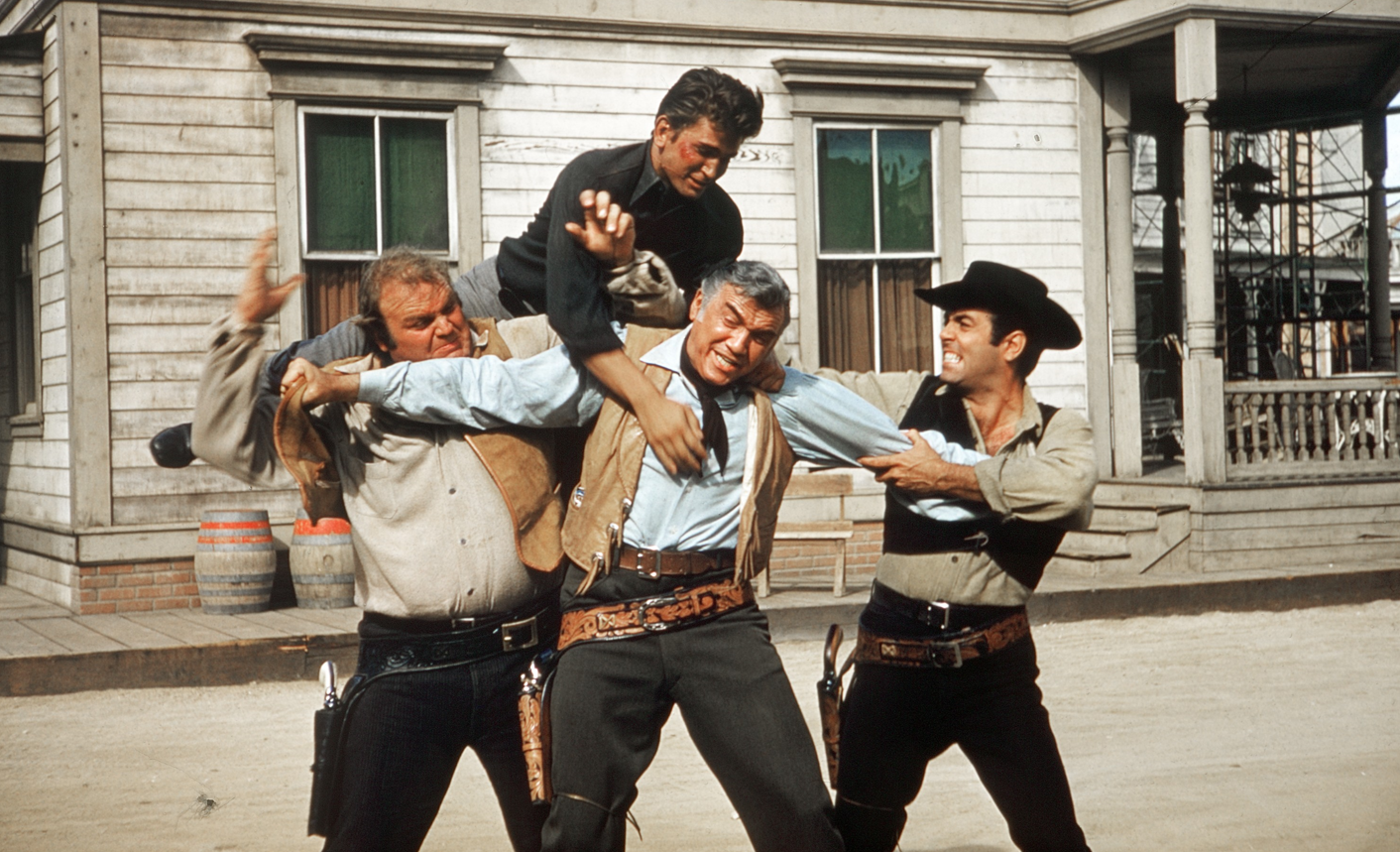
The Cartwrights were a wealthy ranching family led by the wise Ben Cartwright, but their home life was far from conventional. Ben had been widowed three times, and none of his sons ever married or started families of their own, which was unusual for the time. While the show emphasized loyalty and family bonds, the lack of mother figures and long-term romantic relationships made the Cartwrights an unrealistic example of a traditional family. As beloved as they were, their dynamic was far from typical.
10. The Taylors (The Andy Griffith Show, 1960-1968)
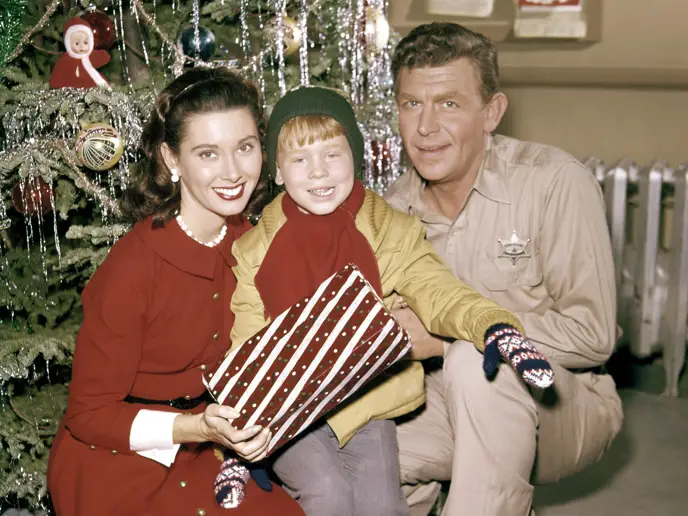
Andy Taylor was a kind, patient father, but his household was missing one key figure—a mother. Opie was raised without a mother’s influence, yet the show rarely explored how this affected him emotionally. Aunt Bee filled the caretaker role, but real-life single parenting wasn’t always as smooth as the show made it seem. While the father-son relationship was touching, the show avoided some of the deeper emotional struggles that would have naturally come with their situation.
11. The Douglases (My Three Sons, 1960-1972)
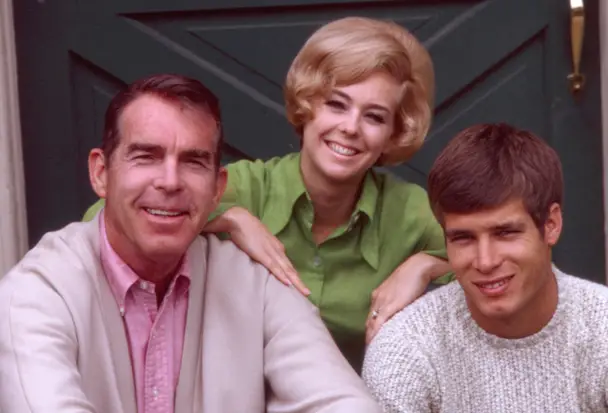
Another family without a mother, the Douglases seemed to manage just fine with Steve Douglas and Uncle Charley running the household. Realistically, three boys being raised by a single father and their grandfather-like housekeeper would have had more challenges than the show depicted. While the series did touch on some difficulties, most problems were wrapped up with ease. The reality of raising three boys alone would have been far more complicated than the lighthearted series ever showed.
12. The Jeffersons (The Jeffersons, 1975-1985)
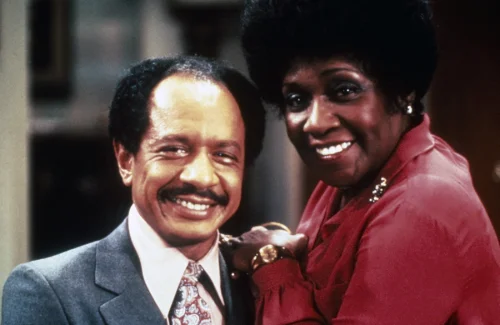
The Jeffersons “moved on up” to a better life, but George’s quick temper and strong opinions often caused tension. His relationship with his wife, Weezy, was loving but frequently tested by his stubbornness. Despite their success, the show often hinted at the struggles they faced in a society that didn’t always welcome them. The Jeffersons were an inspiring family, but their road to success was anything but perfect.
13. The Evans Family (Good Times, 1974-1979)
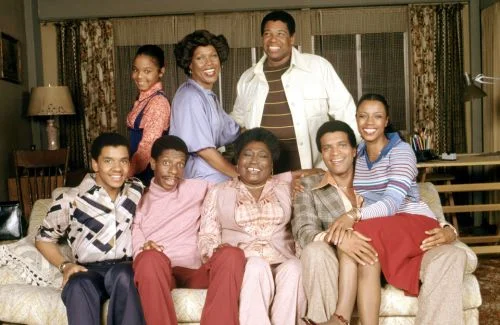
While Good Times addressed real struggles, the Evans family often faced hardships that were tough to watch. Florida and James worked tirelessly to provide for their kids, but their financial struggles were always looming. The show had humor and heart, but their constant challenges highlighted the difficulty of making ends meet. It was one of the most realistic families on this list, showing that love didn’t always solve everything.
14. The Drummonds (Diff’rent Strokes, 1978-1986)
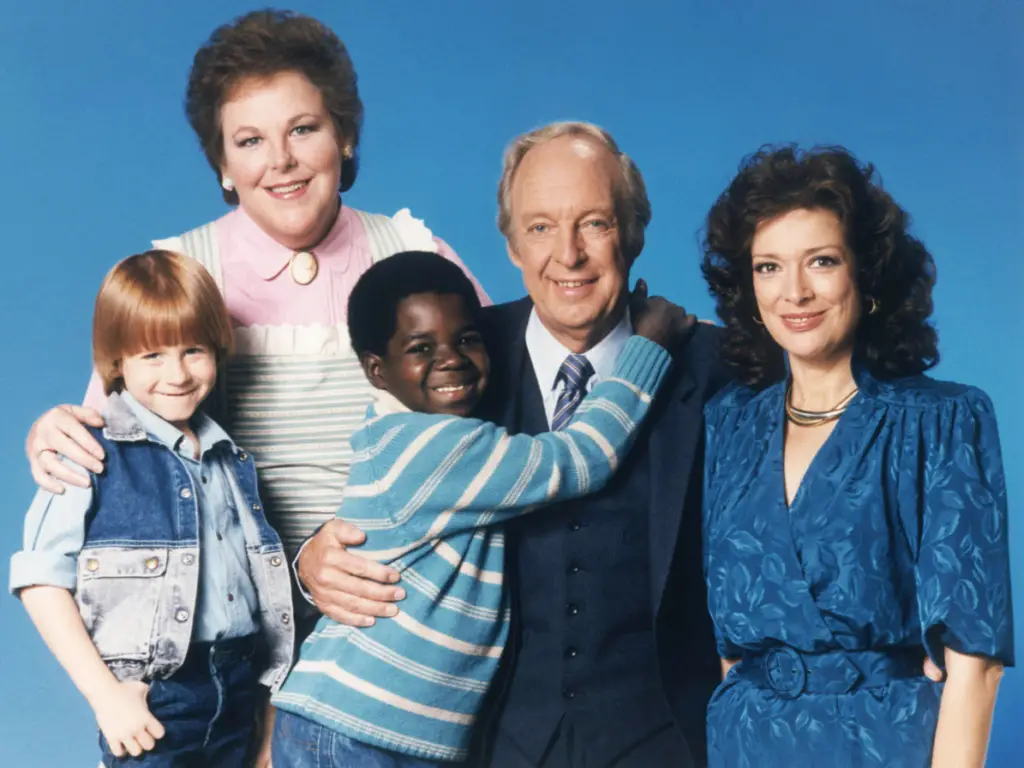
Phillip Drummond adopted two boys from a different background, but the show rarely addressed the deeper challenges of blending such different worlds. While it had heartfelt moments, conflicts were often resolved too quickly. Arnold and Willis adjusted to their new life surprisingly well, despite the major cultural shift. The family was well-meaning, but their issues were often treated too lightly.
TV families gave us comfort, laughs, and lessons, but even the most beloved ones weren’t as perfect as they seemed. Looking back, their struggles often felt too easily resolved, their dynamics too polished. Still, they shaped generations of viewers, reminding us of what family could be—even if it wasn’t always realistic. And that’s exactly why we loved them.


